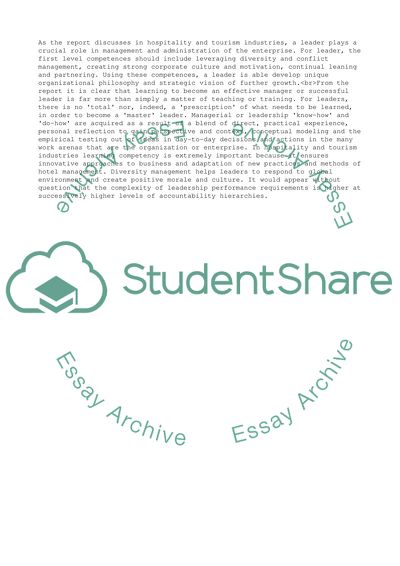Cite this document
(“Leadership and Management: Competency Framework Essay”, n.d.)
Retrieved from https://studentshare.org/management/1541778-leadership-and-management-competency-framework-in-report-format
Retrieved from https://studentshare.org/management/1541778-leadership-and-management-competency-framework-in-report-format
(Leadership and Management: Competency Framework Essay)
https://studentshare.org/management/1541778-leadership-and-management-competency-framework-in-report-format.
https://studentshare.org/management/1541778-leadership-and-management-competency-framework-in-report-format.
“Leadership and Management: Competency Framework Essay”, n.d. https://studentshare.org/management/1541778-leadership-and-management-competency-framework-in-report-format.


